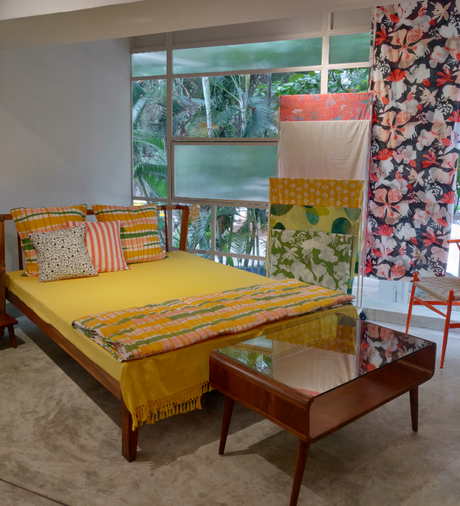Are you proud of your ethnic heritage? Why not include elements from your culture in your home decoration? With a bit of planning and some lucky finds, you can create an environment that feels like home, even if your native country or community is miles away.
 Add quirky elements to your decor
Add quirky elements to your decor
Keeping the sights, sounds and elements of your culture close can even help stave off homesickness. At times, we feel alone when we are far from our origins, missing family, friends, or our traditional way of life. It certainly helps to have these elements of comfort and familiarity around.
Here are some ways to fulfill your desire to bring your culture alive in your home and day-to-day life.
Cultural Influences
Change up colors, textures, patterns and materials in honor of your family’s past. Paint walls of your home in the traditional colors reminiscent of your home country, whether it’s where you are now or far away.

Incorporating cultures, customs and traditions can help loved ones keep in touch with their own heritage while learning about and appreciating the origins of others, sparking meaningful conversations.
Adding Ethnic Elements to your Interior Design
You already have your own distinct style, but you can blend cultural decor with your existing theme. Add a piece of home country furniture to a corner or a wall-hanging above the sofa. Try to find a common thread to pull your space together, mixing up colors, patterns, and scales of size. You can add a piece at a time, and move it around until you are pleased with the placement.

Rugs, Blankets and Tapestry Designs
Adding decorative rugs, blankets or wall accents like tapestries can bring a beautiful accent to your room. Fiber art creations can bring your space together beautifully and set a soft, textural tone for a delightful corner reading nook. Drape an ethnic tapestry, shawl or scarf across the back of a comfy chair or use as a dining room table runner for a finishing touch.

Wall Art
Expressive with endless possibilities, wall art is a fantastic way to show both your personality and culture. Group framed photos of a trip abroad or of paintings that depict your native culture. Hallways or the walls of any room can become gallery space.

Religious Symbols
Religion is historically intertwined in many cultures. Look for ways to incorporate religious symbols in your interior design. Whatever faith you embrace, organized religion or not, you can find a way to express reverence for that belief, whether your chosen symbol, statue or art is subdued or stunning. It may be a painting of a religious scene, a treasured artifact from an important religious site, a Buddha statue or a cross.

Heritage Furniture
Introduce some cultural heritage to any room of your home with furniture elements that encapsulate your past. Ask family members whether they have any furnishings gathering dust that they are willing to part with. Such furnishings have an added family history to cherish, and you can dress them up with modern touches.

Displaying Your Culture Proudly
Showcasing your ethnic culture, whether it’s with pottery, artifacts, art or furniture, adds a flair to your home decor or life while presenting the opportunity to share your family’s customs and traditions and keep your ancestral roots alive. Craft your own cultural haven at home, the perfect place to relax at the end of the day as you cherish your past while enjoying the present.

This article was originally posted on Porch.com.
